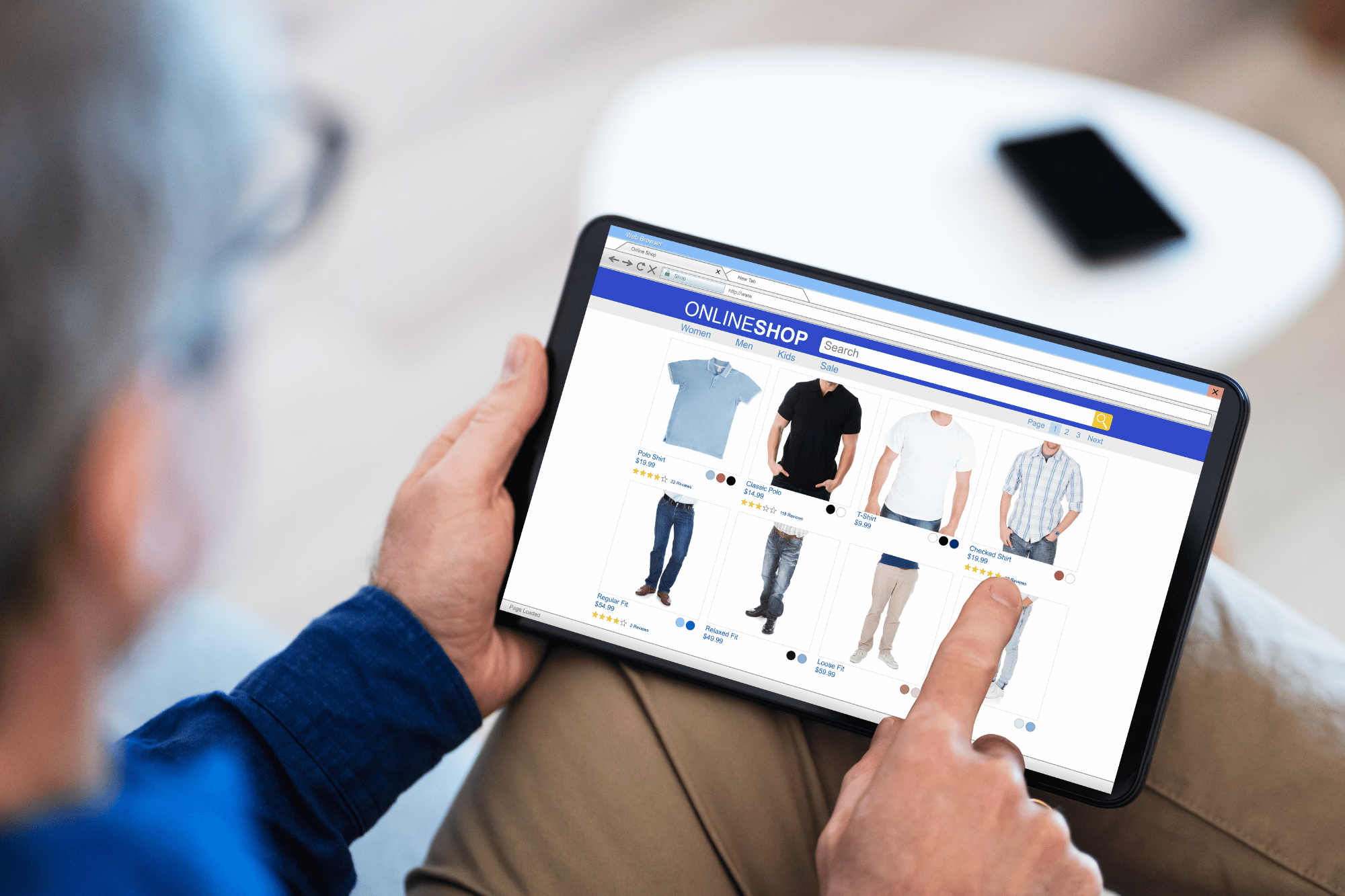2020 Shipping Costs: 3 Considerations for eCommerce
In September, FedEx announced it will bump up the average cost of its shipping about 5 percent. In early October, the U.S. Postal Service said its shipping cost increase will vary, but will be in the 3 to 4 percent range. No word yet on UPS, whose increases in years past have mirrored those of FedEx, although there seems to be a possibility that it won’t have increases in 2020 because of some changes it is making to create a more efficient delivery network.
The question is, as an ECommerce business, how do you absorb these seemingly inevitable shipping cost increases? It could be time to reevaluate how you handle this business cost.
Step 1: Evaluate what you ship
Take a critical look at your shipments. Is there any way you can ship differently–in a polybag versus a box, in a smaller box (given that shippers generally base charges on box size), or in the same box, but with lighter-weight packaging that protects your product sufficiently?
Step 2: Survey shippers for the best deal
Meet at the start of the year with reps for the various shippers that you use. A number of them, including UPS and FedEx, have programs aimed at advising small businesses how to use their services more efficiently.
It can be an advantage to work with a professional fulfillment company when it comes to negotiating better shipping rates with various carriers. Because of the volume of shipping they do, a fulfillment firm generally has more negotiating power than an individual company, especially if the company is a small startup with a smaller shipping volume and a small staff. For example, you can find out more about programs some shippers have created to ship small packages more cost effectively.
Step 3: Consider what you charge customers
Should you be charging customers differently? How you charge customers for shipping is highly individualized. If yours is a B2B company, there should be no problem charging your customers exactly what it costs to ship items to them. It’s called real-time shipping and involves using software that pulls current rates from carriers directly into your ordering system. Chances are, what you ship is vital to their business, and paying the cost to get it delivered is, to them, a cost of doing business.
But if you run an ECommerce business, selling straight to consumers, it is a different story. Online shoppers, as you know, are extremely sensitive to shipping costs. In one study, nearly all online shoppers said shipping costs affect what they buy; 64 percent said those costs greatly impact their buying decisions. And we already see the result of those second thoughts triggered by the “shipping charge” line on orders — abandoned virtual shopping carts.
An option to keep in mind: flat fee shipping
Some shippers set flat rate fees for shipments. Typically, these fees are based on an average cost per shipment, which they can calculate by taking the cost of shipments for a period of time–say a month or a quarter–and dividing that cost by number of shipments.
For companies that sell a limited number or type of product, it would be easier to come up with a flat fee than for a company whose products number in the hundreds.
If a company finds that its average shipping charge is $4.50 they might round up to $5 and add that charge across the board. They also make it clear to customers in their sales and marketing materials that there is a $5 shipping fee. A fee of this sort means that some customers get a deal on shipping, while others, who’ve ordered something small or lightweight, are overcharged.
Do the benefits of free shipping outweigh the cost?
Most consumers don’t expect free shipping if they buy a $10 item; they see enough free shipping offers to know that most companies require a higher level of purchase, for example free shipping on orders of $50 or more.
But there are many good business reasons to offer free shipping at some purchase threshold.
Customers who get free shipping have been shown to have a higher level of satisfaction and say they have a better shopping experience. They are less likely to leave their shopping cart at checkout and also likely to spend more. Who hasn’t bought an extra T-shirt or pair of socks to qualify for a free shipping minimum? And, free shipping has also been found to build loyalty among customers, as long as they are satisfied with other aspects of their shopping experience.
Of course, these shipping costs must be paid for in some way. Some companies consider free shipping part of their marketing effort, and feel that it pays for itself in terms of building a brand and customer loyalty as well as increasing sales. By setting a minimum order for free shipping, a company can raise its average order–for example, if your company’s average order is now $30, you can boost that by simply providing free shipping on orders of $50 or more.
Most companies that offer free shipping typically add that cost into the cost of their products, where it is invisible to the customer. Even though the customer might end up paying the same at the bottom line, building the cost into the product takes away that the line item that says shipping, which has been shown time after time to have a negative impact on sales.
If you’d like to talk about how to decrease your shipping costs or how to determine what and how to charge your customers for shipping, give us a call. We’ve got more than 40 years of experience in effectively handling these important fulfillment decisions.
Interested in how Bluegrass can help?
See what we can do.
You may also like...





